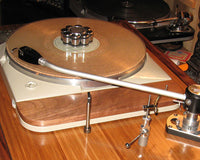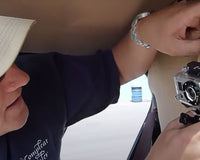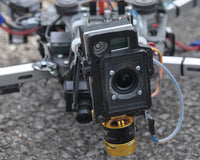Monday's launch attempt of the NASA Artemis 1 mission has been rescheduled to Saturday, Sept. 3, 2022. During the pre-launch preparation an issue was encountered with the cooldown process on one of the RS-5 engines. The Space Launch System (SLS) rocket uses cryogenic propellants, both oxygen and hydrogen. To prevent engine failure at startup, they pre-chill the engines. During this process an issue with one of the hydrogen bleed valves resulted in the number 3 RS-25 engine not reaching the required temperature.
There were a number of other items that came up during the countdown. For a complex rocket system like SLS and Orion, this is not unusual. If you followed the broadcasts by NASA, you might have noticed the use of cameras on the Kennedy Space Center Pad 39B to visually inspect the rocket. At one point there was a hydrogen leak from one of the 8" filling lines, visual inspection helped confirm this. Later, a crack was observed in the orange/brown insulation on the side of the main rocket. Visual inspection using launch pad engineering cameras assisted with the evaluation process. Thankfully, this crack was determined to be cosmetic and ice formation along it made it look more significant than it was.
In an interesting bit of engineering history trivia, the insulation on the rocket is naturally an orange/brown color. The same insulation was used on the space shuttle tank. On the first two space shuttle missions this insulation was painted white. However, it was determined that this added unnecessary weight without any significant benefit (other than cosmetic). If you look up photos from these first shuttle launches you'll notice this feature.
Launch pad engineering cameras are a critical part of the safety and engineering evaluation process. The high quality images that they are able to return has helped the teams at NASA make mission critical decisions. Designing optimal mounts for these mission critical cameras is one way that engineers have improved safety on missions. Sorbothane rubber has been a part of camera mounts in numerous applications. It offers engineers a wide range of flexibility to combat vibration from numerous sources. This greatly improves image quality, especially when using high levels of zoom for inspection procedures.
We'll continue to follow the Artemis 1 mission as the teams at NASA work towards their next launch attempt on Saturday. Be safe and inspect often!










